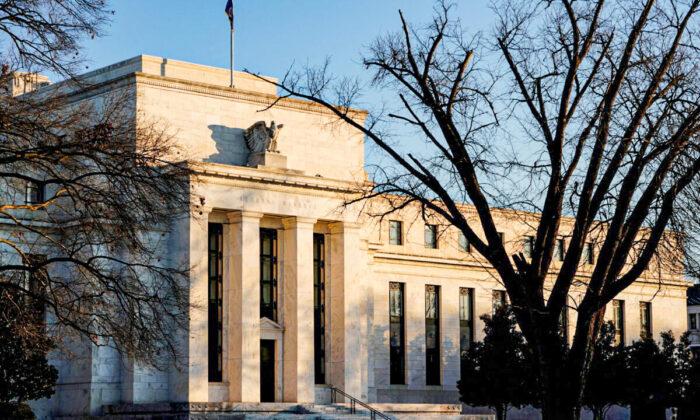For investors, the answer is always stocks. The only question, is, which stocks. As the major U.S. stock indices head into a Bear market, professional money managers are telling their clients that the problem with their portfolio is they now have the wrong stocks.
Stocks are not always the best answer for most investors, as holding an overconcentration in stocks led to a blowout of their portfolio during the last two recessions. Investors and professional money managers are placing big bets on the Fed capitulating soon when they should be heeding the Fed’s warning.
The Fed has made it clear that they intend to bring the aggregate level of demand down to the level of supply. With the global economy mired in a massive pandemic-induced supply chain disaster, demand will have to decline substantially to get down to the level of supply.
From the Fed’s perspective, bringing demand down is the only way to deal with rampant inflation. The consumer price index is running at an annualized rate of 8.3 percent, which is well above the Fed’s long-run target of 2 percent annualized inflation, so demand needs to substantially decrease.
Since stocks are always the answer, the problem is just investors now have the wrong stocks. With growth stocks crashing, investors are being advised to move into value stocks or dividend-paying stocks.
The Fed has a strong track record of driving the economy into a recession, and for stocks, a recession is bad news. Even value stocks get crushed during recessions, but investor memory remains short.
The lure of a regular dividend makes investors feel safe with buying stocks into a downturn even though they fail to realize buying dividend stocks is like buying an annuity that can lose money that has no guarantee of future income.
During recessions, companies that run into cash flow problems, which is many of them as consumers pare back their spending, often reduce, or eliminate their dividends, leaving investors holding a loss on their stock.
Investors then find themselves stuck with a stock that’s losing value without a dividend to help offset the losses when other alternatives would have been much better.
When the solution is always stocks, nobody is willing to look at the bond market. After all, investors and professionals believe that interest rates must rise with inflation, making bonds a poor investment.
While short-term interest rates may react to the Fed and inflation, long-term interest rates are a function of growth and inflation expectations.
The stock market is an excellent gauge of growth expectations, as consumer spending habits are directly tied to a rising equity market. As investors become wealthier, their spending increases.
As their wealth rapidly evaporates, so too does their spending. As stocks fall in price, so too do future growth expectations.
When growth expectations fall, demand is soon to follow. When demand declines, inflation falls alongside it. When both growth and inflation expectations fall, bonds tend to rally in price.
When the answer is not always stocks, investors and professionals should look to the bond market to hedge the risk from the Fed driving the economy into a recession.
The real goal during a Bear market or a financial crisis for any money manager is to lose less than his or her peers. For investors, this might sound odd, but it’s true.
Losing less allows a money manager to reallocate a portfolio back into risk assets near a market bottom. Buying low happens to be the best way to generate long-term returns.
When it comes to hedging portfolio risk in the likely event the Fed is going to continue to withdraw liquidity until growth expectations, or stocks, crash enough to bring demand down to the level of supply, bonds become an ideal solution.
Unlike equities, which tend to lose value during periods of declining growth and inflation expectations, Treasury securities can appreciate.
It’s the appreciation from Treasury securities that can create additional dry power for an investor or professional money manager to sell to buy risk assets near the bottom.
Stock market bottoms tend to occur when the Fed finally does capitulate, but with inflation running well over the Fed’s long-term target, investors should be forewarned that stocks could further fall before the Fed backs down.
Investors and professional money managers would be wise to reconsider the bond market as a solution to reducing potential downside risk in the equity market from the Fed’s heavy-handed tightening cycle.
Not only are bonds paying an attractive yield compared to the broad equity indices but they also tend to rise significantly in value during recessions as growth and inflation expectations collapse.
By having an allocation to an asset class that can potentially appreciate during a recession, investors will have the opportunity to sell bonds to buy risk assets near the bottom.
Should the Fed engineer a hard landing of the economy instead of the soft landing everyone is hoping for, investors and professionals who have properly hedged their portfolio risk with bonds will be very happy to be buying risk assets at potentially heavily discounted prices.





